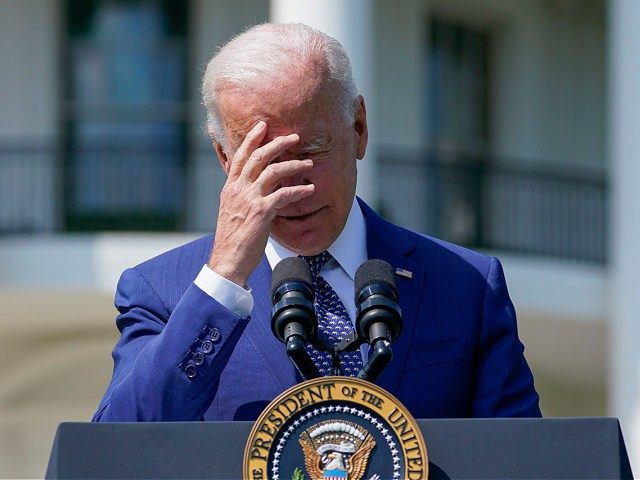The October jobs recovery was uneven, contributing to a widening of the racial gap in unemployment.
The overall unemployment rate dipped two-tenths of a percentage point to 4.6 percent. For white Americans, unemployment fell from 4.2 percent to four percent. The labor force participation rate among whites was unchanged from September at 61.5 percent and the labor force expanded by 111,000 workers. The number of whites working grew by 315,000.
But for black Americans, the unemployment was unchanged at 7.9 percent. The labor force participation rate dipped from 61.3 percent to 61.1 percent and the number of black Americans in the labor force shrank by 44,000. The number of black Americans working fell by 37,000.
The result was an expansion of the black-white unemployment gap to its widest since before the pandemic struck.
The situation was even starker for men. Black adult male unemployment is now 230 percent of white male unemployment. Part of that expansion, however, was due to a decline in labor force participation among white men and an increase among black men.
Both black and white men saw job gains. The number of white men working rose by 129,000 in October and the number of black men working rose by 49,000.

The unemployment gap between black woman and white women shrank in October. The unemployment rate among white women rose and the rate among black women fell. But here too, the labor participation rate scrambles the picture. The participation rate of white women climbed while the participation rate of black women fell.
The number of white women working rose by 165,000 and the number of black women working fell by 18,000.

COMMENTS
Please let us know if you're having issues with commenting.